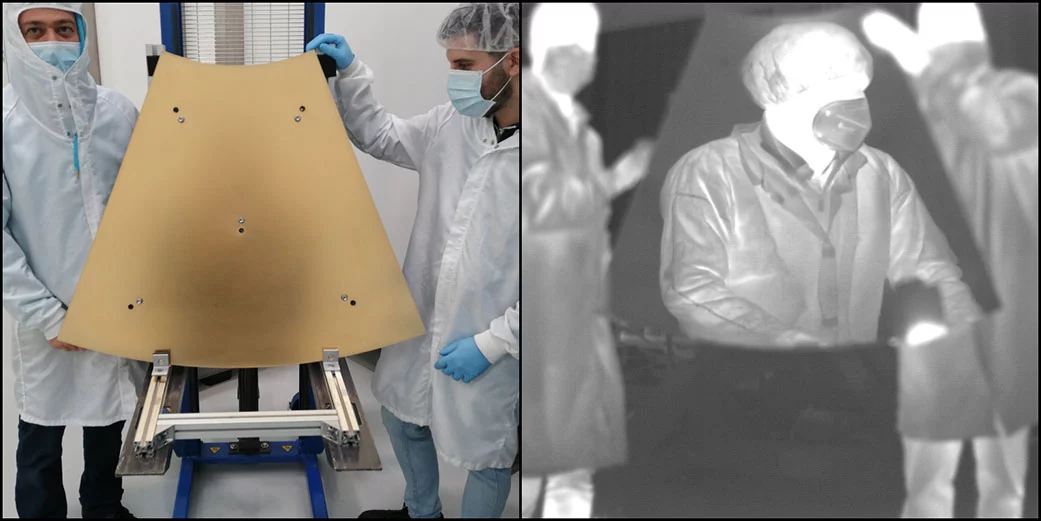When NASA's high-altitude balloon lifts off from Antarctica in December 2023 at the start of its up to four-week voyage over the South Pole, it will carry the Astrophysics Stratospheric Telescope for High Spectral Resolution Observations at Submillimeter-wavelengths (ASTHROS) telescope equipped with one of the largest mirrors ever to fly on such a high-tech gas bag.
Freed from the murkiness of the Earth's atmosphere, space telescopes represent a quantum leap for astronomy that has revolutionized our understanding of the universe. On the downside, developing such telescopes can take years and launching them is eye-wateringly expensive.
As an alternative, telescopes can be suspended from balloons and floated high above most of the atmosphere to make observations. It's not perfect, but it's generally cheaper than launching space telescopes and allows organizations like NASA to use them as test beds for future space technologies. They can also fly with surprising frequency as NASA's Scientific Balloon Program flies up to 15 missions per year.

According to the space agency, the tricky bit is that a balloon-mounted telescope needs to be robust. This is especially important for ASTHROS, with its 8.2-ft (2.5-m) mirror that has to not only withstand mechanical vibrations, but also the pull of gravity to keep its parabolic shape within 0.0001 in (2.2 μm) of true.
To achieve this Italian optics company Media Lario constructed the primary mirror of ASTHROS out of panels of lightweight aluminum in a honeycomb structure with surfaces made of gold-plated nickel. This was mounted in a carbon composite cradle for both sturdiness and lightness.
The coating lets the mirror reflect faint light in the far infrared wavelengths. This allows ASTHROS to look at the star-forming regions of our galaxy and build up high-resolution 3D maps of the distribution and motions of gasses, and compare these to distant galaxies to gain a better understanding of how stars form and die.

ASTHROS is set to begin integration next month with the balloon's gondola, followed by preflight testing.
“I think this is probably the most complex telescope ever built for a high-altitude balloon mission,” said Jose Siles, the ASTHROS project manager at JPL. “We had specifications similar to a space telescope but on a tighter budget, schedule, and mass. We had to combine techniques from ground-based telescopes that observe in similar wavelengths with advanced manufacturing techniques used for professional racing sailboats. It’s pretty unique."
Source: NASA







